Top 10 Craziest Environmental Ideas
Top 10 Craziest Environmental Ideas

Many people have proposed wild ways to solve the myriad problems facing Earth, including water pollution, smog, mounds of trash and global warming. Ideas range from the rational (if not always easily implemented) to the downright zany. We've compiled a list of some of the wackier (or at least wackier-sounding) proposed solutions to today's environmental challenges.
Build Earth Some Sunglasses

When you're lounging on the beach on a sunny day with the sun's hot rays beating down on you, you may try to keep out the glare with a pair of sunglasses or a hat. Some scientists have proposed taking a similar strategy with our warming planet: putting a ring of sunlight-scattering particles or micro-spacecraft in orbit around the equator. The idea is that the ring would reduce the amount of solar radiation hitting the planet and counteract some of the warming induced by greenhouse gases. The wild idea would also be an expensive one, with a potential price tag in the trillions of dollars.
Give the Ocean a Dose of Iron

Here's the basic idea: Tiny photosynthesizing plankton in the ocean use carbon dioxide from the air to make food. When they die, they sink down to the ocean floor, taking the carbon with them. Because iron stimulates phytoplankton growth, some people have suggesting fertilizing parts of the ocean with iron to create huge plankton blooms to suck up some of the excess carbon dioxide we've emitted into the atmosphere. Several private companies have attempted ventures to dump iron into the ocean to sell carbon credits, but many scientists question just how effective the massive blooms are at trapping and storing carbon. Environmental groups have also warned that iron dumps may harm the local marine ecosystems.
Get the Ocean Moving and Mixing
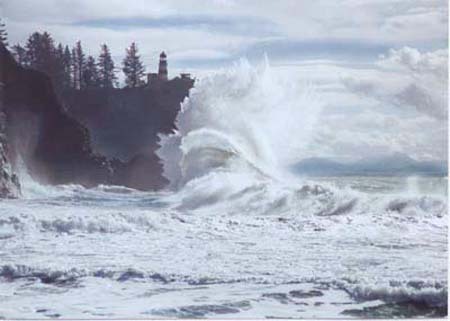
Environmentalist and futurologist James Lovelock, creator of the Gaia hypothesis, recently added a scheme of his own to the somewhat zany list of proposed global warming remedies. Lovelock's idea is to use pipes to stimulate mixing in the world's oceans, bringing deep, nutrient-rich waters to the surface to feed huge algae blooms that would suck up carbon dioxide from the atmosphere and sink it to the bottom of the ocean as they died. This method would only be a Band-Aid though, Lovelock says, because warming will continue for some time, even if we stop emitting greenhouse gases today.
Fill the Air With Sulfur
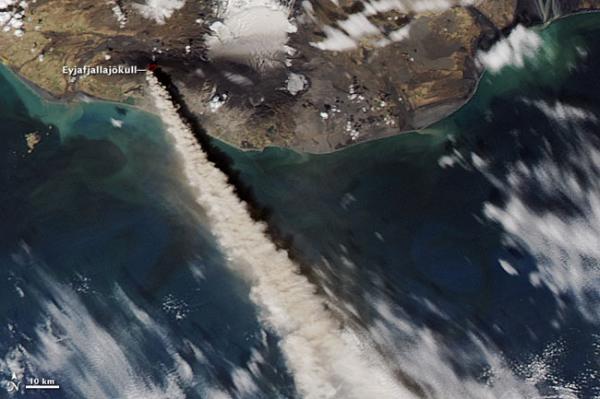
Certain types of aerosols, or tiny particles suspended in the air, are thought to have an overall cooling effect on the atmosphere. These particles intercept some solar radiation and scatter it back into space. The cooling effect on the Earth's climate can be seen after a volcanic eruption, which can spew millions of tons of sulfur into the atmosphere. Some scientists have suggested that we mimic nature and inject a bunch of sulfur into the atmosphere to counteract global warming. One problem with this plan is the increased amount of acid rain this would generate. Another is that sulfur would have to be regularly injected into the atmosphere to keep up the cooling, or global warming would pick up right where it left off.
Keep Worms in the Kitchen
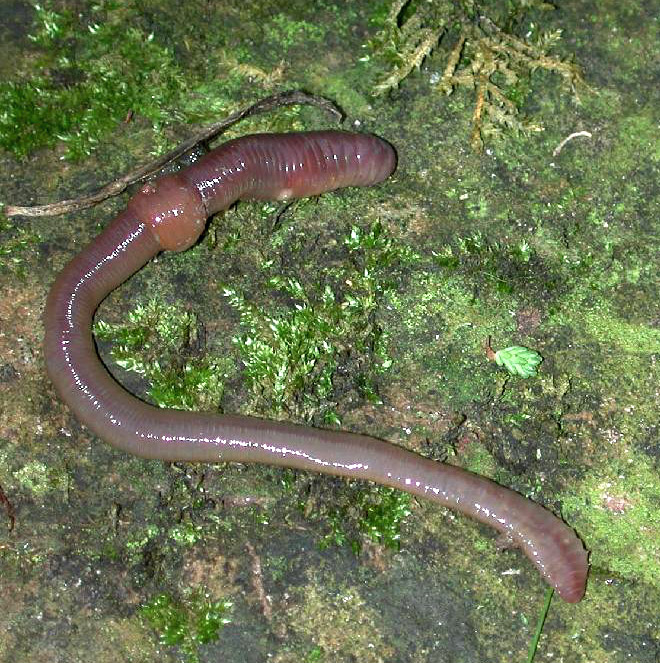
They're not just pets (or food for them) - worms can be made useful by putting them to work eating those bits of sandwich crust and apple cores from the garbage and turning them into compost. The compost can then be used in gardens and to plant houseplants. Los Angeles city employees have been keeping a plastic bin of the little wriggling creatures in their office to recycle their lunch leftovers. If you're not wild about keeping a worm farm in your kitchen, you could always compost the old-fashioned way with a bin in the backyard.
Change Your Diet

If more Americans walked and avoided red meat, we could reduce carbon dioxide emissions and attack the country's obesity epidemic, some researchers have said. One scientist has calculated that if all Americans between the ages of 10 and 74 walked for half an hour a day in lieu of driving, it would cut annual U.S. carbon dioxide emissions by 64 million tons (and shed some pounds from American bellies). A more vegetarian diet could also reduce emissions. The United Nations Food and Agriculture Organization has reported that the meat industry is responsible for 18 percent of global greenhouse gas emissions, through fertilizer use, animal manure and the energy required to transport food and meat.
Get the world’s most fascinating discoveries delivered straight to your inbox.
Bury the Carbon
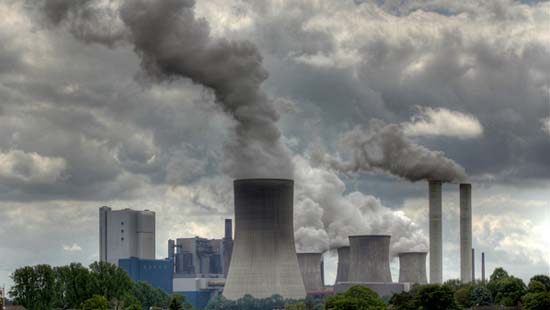
Since we have all this extra carbon dioxide building up in the atmosphere and warming the Earth, some scientists have proposed taking that excess gas and trapping it somewhere, perhaps underground in aquifers, coal seams or depleted oil and gas fields. (The method is already used to push up dregs from the latter.) To do this, carbon dioxide would have to be separated from plant emissions, compressed and injected into an underground tomb, where it could be kept for thousands of years. There are still questions of the costs involved in siphoning off carbon dioxide from plant gas streams though, and some environmental groups worry about the gas seeping out of the ground.
Live in Trash

No, this doesn't mean you should stop putting your garbage out every week and start living in an ocean of food wrappers and tissues. Rather, an engineer at the University of Leeds in England has created a construction material out of waste (for example, recycled glass, sewage sludge, and incinerator ash). These "Bitublocks" keep litter out of the landfill and could be used to build houses. They also take less energy to make than concrete blocks, their inventor says. Other scientists have proposed using waste material from poultry farms, such as chicken feathers, to make more environmentally-friendly plastics.
Cut and Cap Emissions

Cutting global greenhouse gas emissions by mandatory caps or a cap-and-trade system may not be scientifically zany, but it's been a political hot potato. Proposals to revamp pollution-emitting power stations, limit the amount of carbon dioxide that businesses, industries or countries can emit, or putting a tax on greenhouse gas emissions would bring emission levels down worldwide, and many countries have signed on to make the (voluntary) cuts called for in the Kyoto Protocol. But the United States in particular has objected to mandatory emissions cuts on the grounds that they will damage the economy, though some states, particularly California, have pushed for regulations on carbon dioxide.
Ban Plastic Bags and Light Bulbs
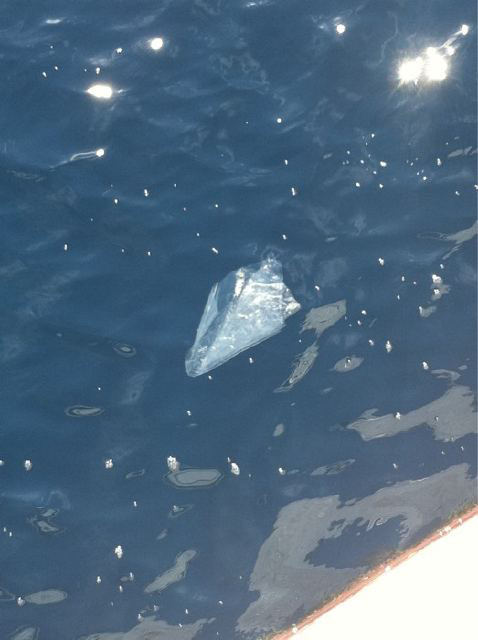
It may sound like a rash decision, but San Francisco, China and Australia have all jumped on board. China wants to rid the country of "white pollution" — the plastic bags that clog city streets and waterways. And Australia hopes to cut its greenhouse gas emissions and reduce household energy bills by phasing out sales of incandescent bulbs. Such measures have gained momentum within the last year with more governments considering taking measures against the wasteful bags and inefficient bulbs. But before you worry about how you'll carry your groceries or light your home, these measures promote alternatives: recyclable paper bags and reusable cloth ones and more efficient (and cost-saving) compact fluorescent bulbs.

Andrea Thompson is an associate editor at Scientific American, where she covers sustainability, energy and the environment. Prior to that, she was a senior writer covering climate science at Climate Central and a reporter and editor at Live Science, where she primarily covered Earth science and the environment. She holds a graduate degree in science health and environmental reporting from New York University, as well as a bachelor of science and and masters of science in atmospheric chemistry from the Georgia Institute of Technology.


